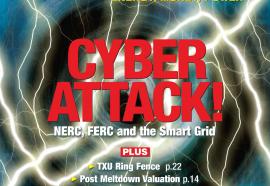What Price, Security?
Grid reliability depends on ‘reasonable business judgment’
The word “security” no longer means what it used to mean. Now, “security” means gates, guards and guns. It means protecting critical assets with a multi-layered cyber and physical perimeter. It means exercising vigilance and caution, and accepting inconvenience as a matter of routine.





